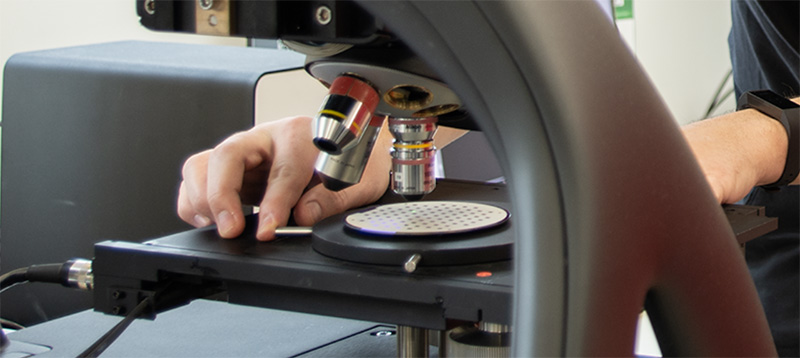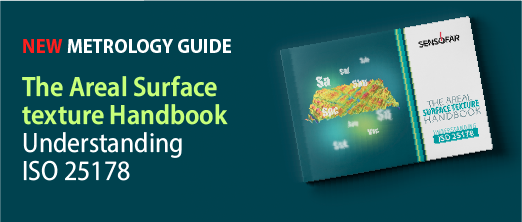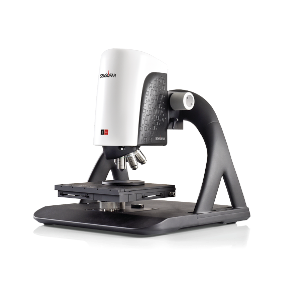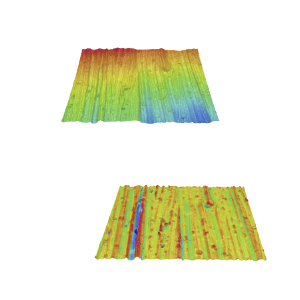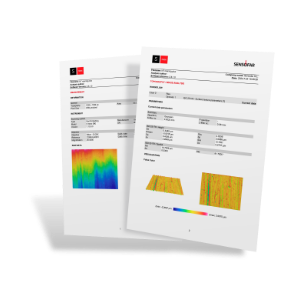UNDERSTANDING SURFACE TEXTURE
What is surface texture?
Surface texture refers to the irregularities and variations on a material’s surface that impact its functionality, aesthetics, and durability. It is critical in surface metrology for industries like advanced manufacturing, consumer electronics, and medical devices. Proper profilometry and measurement techniques help optimize surface quality, ensuring product reliability and consistent performance across applications.
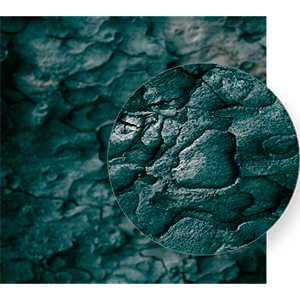
UNDERSTANDING SURFACE TEXTURE
What is surface texture?
Surface texture refers to the irregularities and variations on a material’s surface that impact its functionality, aesthetics, and durability. It is critical in surface metrology for industries like advanced manufacturing, consumer electronics, and medical devices. Proper profilometry and measurement techniques help optimize surface quality, ensuring product reliability and consistent performance across applications.

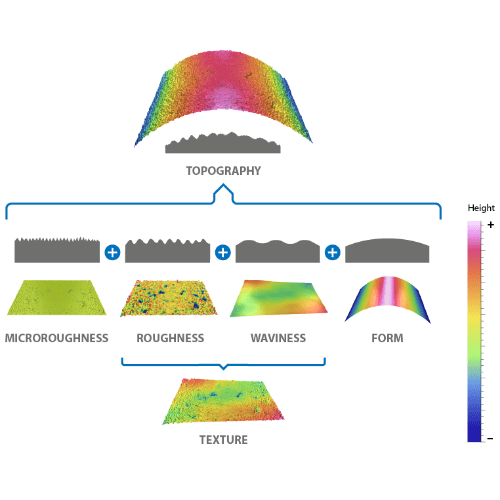
TEXTURE vs ROUGHNESS
What is the difference between surface texture and roughness?
Surface texture encompasses roughness and waviness, each representing specific wavelength components. Roughness describes fine irregularities affecting friction and wear, typically evaluated using roughness parameters. Waviness refers to larger undulations from production processes and is analyzed using waviness parameters. Differentiating these concepts is crucial for accurate surface metrology analysis and performance optimization.

TEXTURE vs ROUGHNESS
What is the difference between surface texture and roughness?
Surface texture encompasses roughness and waviness, each representing specific wavelength components. Roughness describes fine irregularities affecting friction and wear, typically evaluated using roughness parameters. Waviness refers to larger undulations from production processes and is analyzed using waviness parameters. Differentiating these concepts is crucial for accurate surface metrology analysis and performance optimization.
SURFACE TEXTURE CHARACTERIZATION
Steps to properly characterize surface texture
SURFACE TEXTURE SYMBOLS
Decoding technical drawings
Technical drawings use root symbols to specify surface texture requirements, including filters, parameters, and tolerances. These specifications help guarantee functionality, durability, and regulatory compliance in industries requiring high-precision surface analysis.
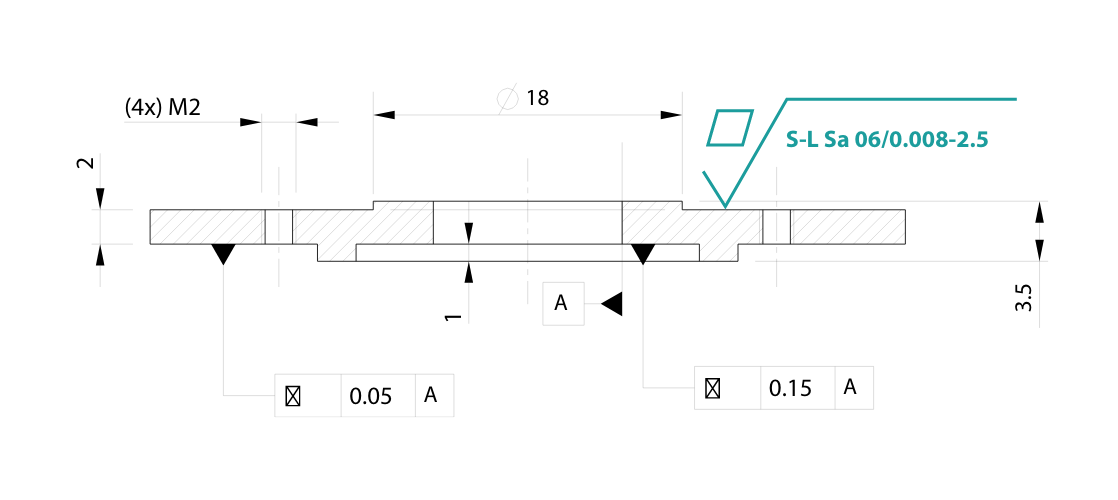
SURFACE TEXTURE SPECIALISTS
Your expert partner for surface measurement
At Sensofar, we offer advanced and reliable solutions for measuring surface texture, utilizing state-of-the-art technologies while complying with international standards. Our systems address a wide range of challenges, from micro-geometries to large surfaces, helping clients enhance quality control and fulfill ISO 25178 requirements.
